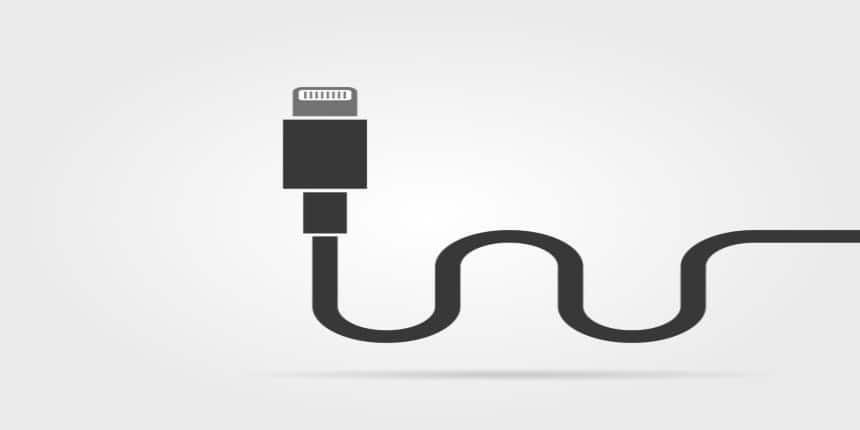PNP Full Form
What is the full form of PNP?
Plug and Play is referred to as PNP. PNP refers to a computer's capability to automatically detect devices without requiring an user to do so by using jumpers or dip switches.The Plug and Play (PNP), which was released in 1995, was a detailed technique of enumerating devices at boot time and allocating resources. The resources allotted to Plug-and-Play devices might only be at boot time or might be hotplug systems like USB(Universal Serial Bus) and IEEE(Institute of Electrical and Electronics Engineers) 1394.
- PNP: Plug And Play
- Properties of PNP
- Advantages of PNP
- Disadvantages of PNP
- Legacy PNP
- Current Plug And Play Interfaces

PNP: Plug And Play
PNP is a collection of requirements for PC(Personal Computer) devices as well as a design philosophy. Its objective is to make the operating system, add-on hardware devices, drivers, and PC work together automatically without user input. All of the parts must be Plug and Play compliant in order to achieve this.
Some commonly used PNP are:
Keyboard
Monitor
Mouse
Web cam
USB (Universal Serial Bus) flash drive
When using a plug-and-play device, first power on the computer and let it load the operating system. Then, attach the device's cord to the computer's corresponding port or connector. Its objective is to make the operating system, add-on hardware devices, drivers, and PC(Personal Computer) work together automatically without user input. All parts must be Plug and Play compliant for this to be executed.
Properties of PNP
It is used for connecting the device with other hardwares.
When a device is connected to a computer or a card is inserted, the system instantly recognises it and sets it up to function.
Advantages of PNP
The users will be quite mobile.
Plug and Play is a standard framework that enables PC(Personal Computer) suppliers to create cutting-edge features and set their systems apart from others.
Since users do not have to worry about hardware problems or manually loading drivers, the PC(Personal Computers) is simpler to use.
Different functionalities are being added to the device using Plug and Play. Vendors can develop a wide range of flexible products thanks to this occurrence.
Customers will have a wide range of options.
Disadvantages of PNP
The devices might not be configured even after using some configuration techniques because of a complicated operating system.
A plug-and-play device may occasionally encounter a conflict that prevents it from functioning, corrupting the device and causing data loss.
Sometimes the working framework becomes too complex, and it gets hard to arrange the gadgets.
Legacy PNP
Windows 95, which Microsoft released in 1995, made an effort to automate device configuration and detection as much as possible. At the time, there could be a mix of devices in a system, some capable of automatic configuration, and some still utilizing fully manual settings via jumpers and DIP(Dual In-line Package) switches. The old world of DOS(Disk Operating System) still lurked behind Windows 95. Because interrupts could not be shared, ISA(Instruction set architecture) devices frequently had restricted configuration options. Additionally, some multifunction expansion cards used numerous interrupts to perform various card functionalities. It was still feasible that manual ISA(Instruction set architecture) device configuration would be required up until around 2000 because PC(Personal Computer) machines might still be purchased with a combination of ISA(Instruction set architecture) and PCI(Peripheral Component Interconnect) slots.
Current Plug And Play Interfaces
Several fully automated computer interfaces are currently in use, each of which requires only software installation for the self-configuring devices and does not require any device configuration or other user input. Among these interfaces are: IEEE(Institute of Electrical and Electronics Engineers)1394 (FireWire), PCI(Peripheral Component Interconnect), Mini PCI(Peripheral Component Interconnect), Thunderbolt, PCMCIA(Personal Computer Memory Card International Association), PC(Personal Computer) Card, ExpressCard, Serial Attached SCSI (Small Computer System Interface), USB(Universal Serial Bus), DVI(Digital Visual Interface), and HDMI(High Definition Multimedia Interface).
The end user has relatively little access to technical information concerning the functioning of the majority of these interfaces. Most contemporary operating systems are unable to track and report the amount of bandwidth being used or available, or to determine which devices are currently using the interface, even though both FireWire and USB(Universal Serial Bus) have bandwidth that must be shared by all devices.
Frequently Asked Questions (FAQs)
With operations in more than 20 sectors globally, Plug and Play's main goal is to successfully manage corporate innovation initiatives and accelerator programmes for startups.
Plug and play is a risky game that might leave your entire network vulnerable if not properly configured.
Plug-and-play systems allow users to access the platform right away. They can just install the platform and begin utilizing it without having to spend a lot of time setting it up and making it ready.
The company has operations in over 40 different countries, with its worldwide headquarters located in Sunnyvale, California, the heart of Silicon Valley.
In comparison to Stiiizy, Plug and Play provides more substantial and long-lasting rips.

